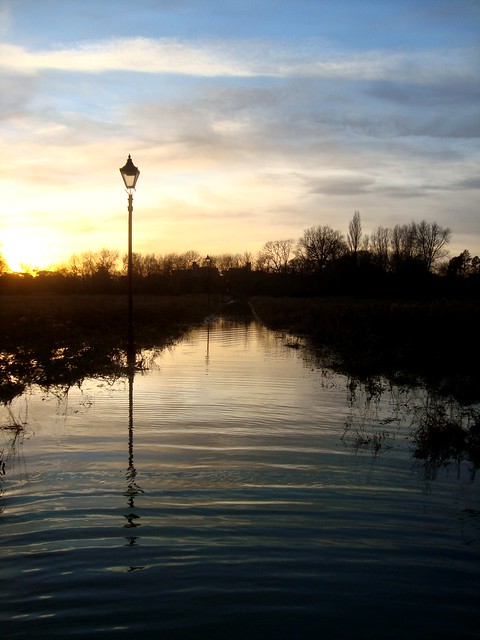What links whale poo, the genome of the woolly mammoth, geo-engineering, megafauna extinction, gene editing, Homo sapiens' role as a predator, phosphorus, and the Haber Bosch process (which turns nitrogen from the air into fertiliser)?
Apart from the fact that these are topics I have written about in the past, they have all come back in my latest feature, which combines previous interests in a way that is downright spooky. I've counted 7 cross references to previous Curr. Biol. pieces alone, and there are some connections to work published elsewhere as well. Most surprisingly of all, it all makes sense, at least to me.
So the grand unifying principle that links all these issues is, ahem, megafauna excrement (or megapoo, to use my shorthand for the article). It turns out that large animals are good at moving nutrients against the flow, from the bottom of the oceans to the top of the mountains, with the actions of whales, seabirds, migrating fish, and terrestrial megafauna combining to form one gigantic nutrient escalator. Whereas we humans tend to do the opposite, we flush our droppings down the toilet and use sophisticated engineering to ensure that they disappear from circulation as fast as possible. And our domesticated livestock isn't much use at nutrient dispersal either.
Not for the first time, I've just learned about an amazing way in which the biosphere functions to keep our planet habitable, only to find out in the process that with our combined use of plumbing and and decimation of megafauna, we've found yet another way to wreck biosphere functions. So this was simultaneously very inspiring and very depressing.
Read the story here:
Megafauna moves nutrients uphill
Current Biology Volume 26, Issue 1, pR1–R5, 11 January 2016
Open access to full text and PDF download
This article is now in the open archives as it was published more than a year ago.

Poo makes the world go round - although large animals make a bigger contribution than the modest dung beetle. Image: Kay-africa/Wikimedia Commons.
















